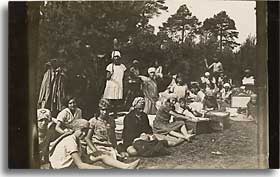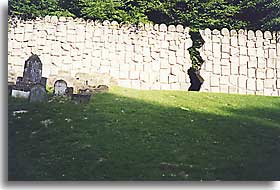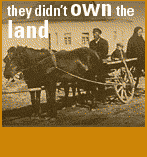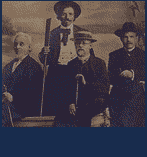



Many other Jewish and non-Jewish writers have described or alluded to the Jewish Kuzmir. Aside from connecting to this world through literature, the physical shtetl itself has something to offer to us. The old synagogue building still stands and the market area is well known and can be imagined in its fullness if you stand within the plaza. Some of the old Jewish organizational spaces can still be found in empty or newly renovated buildings around Kuzmir.


Leaving the town on its main road, one finds the route to the cemetery of Kuzmir. It sits silently, almost lost and forgotten, on a hill. Receding back from the road, it has overgrown grass, tall thin trees, and is all very green and still. Greeting you in the center area, is a wall made up of large fragments of Jewish headstones all originating from this old burial place. It is a tall wall, broken up in its design, with a large zigzagged crack in the middle, as if to say that the great tower of Jewish culture and its people were broken here. Although lost in a seemingly limitless terrain, the lost culture and its people cannot and will not grow or build anything further here. This monument stands silently and touches those that understand its quiet language.
Walking further, behind it, some tombstones are still standing complete, untouched, laying quietly in a sea of greenery, what some might is a real paradise for one's final rest. These carved stones with their simple short sentences are a marker to past Jewish life and community, describing the people who lived their lives here, and died in a place they thought was not quite paradise on earth, but still an earth in which paradise was willed.












